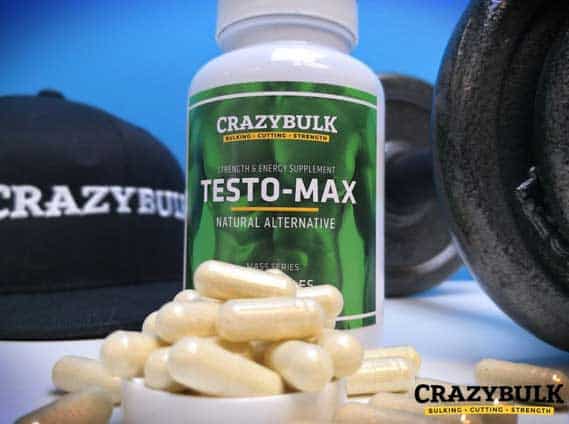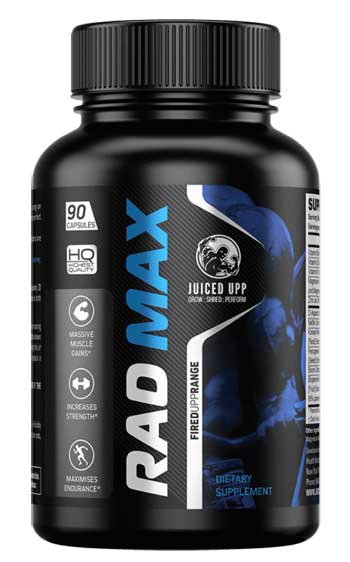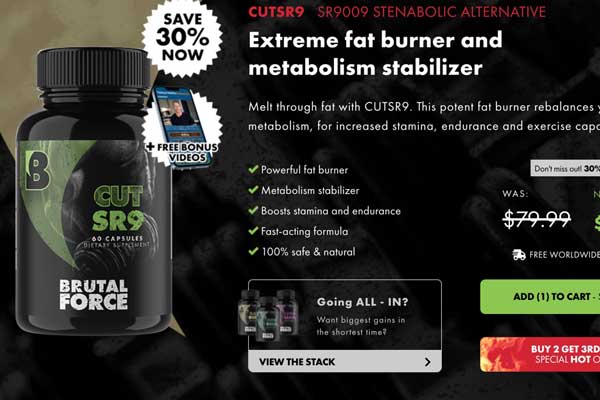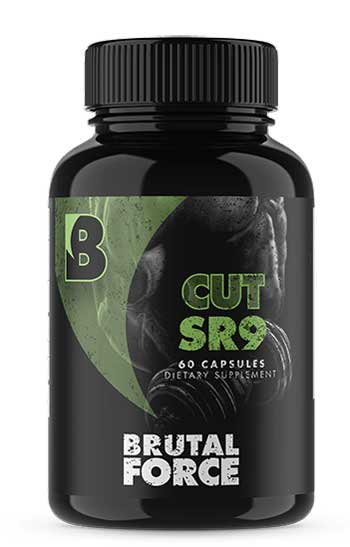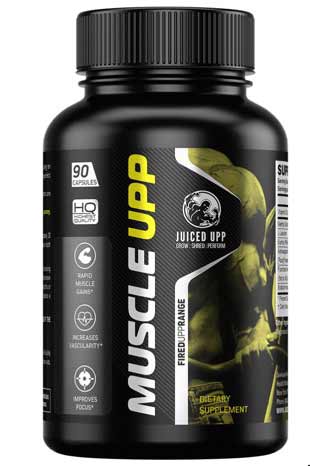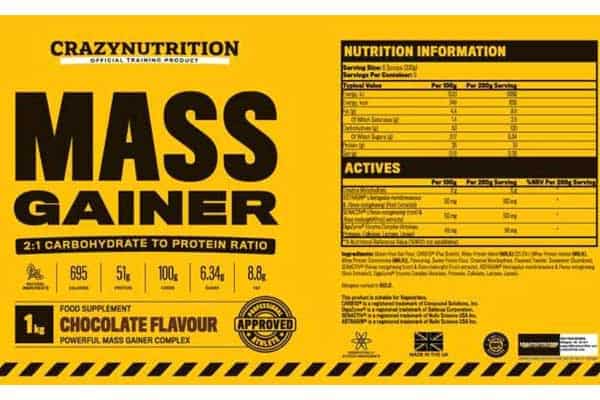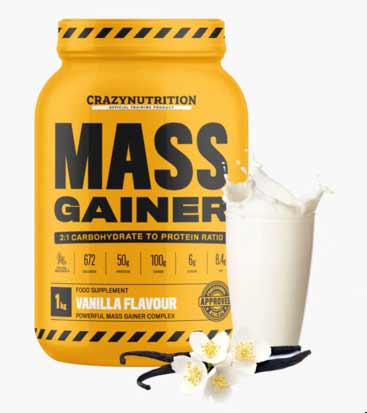
If you are logging the necessary hours at the gym, treating your body to the equally necessary rest periods and eating a healthy diet, but still failing to pack on the desired extra pounds, you may be a hard gainer. Don’t worry. This doesn’t mean you are doomed to spend the rest of your life doomed to bodybuilding mediocrity, but it does mean you may need to make a few modifications to your dietary intake.
The Curse of the Hardgainer
More often than not hardgainers are people who have a natural predisposition towards being skinny. That’s great for anyone who wishes to sit stuffing their face with pasta all day and still have spaghetti arms and a nice nimble waist instead of the spare tyre they probably deserve.
No bodybuilder wishes to have spaghetti arms though, or even “passable” arms. They want a couple of big powerful guns that demand respect—in and out of the gym—and for the rest of their body to equally awesome. The problem is becoming awesome can be difficult if you are a hardgainer.
Mass Gainer Supplements for Hard Gainers
Read – mass gainer for hardgainers
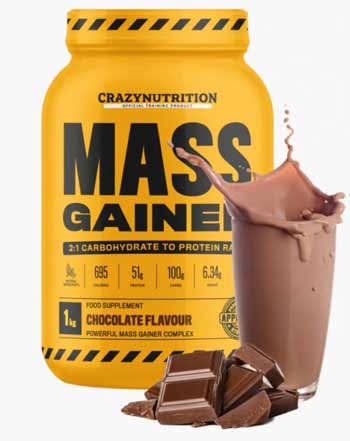
Mass Gainer is a high-quality bulking supplement by Crazy Nutrition. It comes in a choice of vanilla or chocolate flavor and Crazy Nutrition is so sure of its supplement’s bulking abilities it offers a 60-day money-back guarantee.
Bulking supplements and drinks can deliver fast results and help people who find it difficult to bulk up a way of adding body mass.
This review is a little unusual because we are starting it on a very positive note. However, in this case, it’s hard not to be enthusiastic because Crazy Nutrition Mass Gainer is such a good product. Even without the guarantee, it would be hard not to be impressed.
Three Body Types
During the 1940s, Dr. William H. Sheldon came up with a theory that the human body comes in three basic somatotypes (body types):
- Mesomorph
- Endomorph
- Ectomorph
According to Sheldon, people who are blessed with a mesomorph body type have a high metabolism and a natural ability to develop enviable muscles. They are natural bodybuilders so they have a head start right from the start. It’s not fair, perhaps, but that’s just the way life goes.
Endomorphs also find it easy to gain weight, but they are not as naturally blessed as mesomorphs because their metabolism is much slower, meaning they must constantly monitor their eating habits to ensure their muscle gains are not accompanied by an increase in body fat.
Then there is the ectomorph—the hardgainer for whom body fat is unlikely to become an issue, but who must also fight the good fight in order to make any kind of headway towards fulfilling his bodybuilding ambitions.
Okay, so you’re a Hardgainer—what now?
Most bodybuilders will probably find a diet that provides 40% protein, 40% carbohydrates, and 20% fats will help them obtain the best gains. Hardgainers can usually benefit from cutting back on protein a little and upping the amount of carbohydrates and fat they consume (25% protein + 25% good fats + 50% carbohydrates = maximum results). Hardgainers can also improve results by using a “little but often” eating strategy and eating six to eight meals spread out throughout the day.
Some Hardgainer Food Options
Bagels and Brie
Adding few bagels to the diet is a great way to push up the intake of carbohydrates and an average bagel can is around 10% protein. Brie is around 21% protein and 28% fat (polyunsaturated fat 0.8 g, monounsaturated fat 8 g), so it’s a winning combination as far as hardgainers are concerned.
Salmon Sandwiches (thick cut wholemeal bread)
Salmon is more calorie dense than most other types of fish and is loaded with protein (20%) and healthy fats (13%). Wholemeal bread is good source of carbohydrates (41%), and it’s a great source of dietary fiber, so eating one or two salmon sandwiches two or three time a week can provide a tasty means of taking the “hard” out of being a hardgainer.
Nuts
Peanuts, cashew nuts, pistachios . . . it doesn’t matter what kind of nut you choose, if you are a hardgainer you’ve got to be nuts if your diet doesn’t include an adequate amount of these nutritional wonders. The average nut contains around 31% monounsaturated fat, is 21% protein, and 22% carbohydrates. They are high in fiber and provide a wealth of vitamins and minerals.

Oatmeal (with semi-skimmed milk and Topped with Sliced Banana)
Oats are a healthy food option. There is no denying it. They are high in fiber, can help lower cholesterol levels and, when mixed with milk and banana, their natural goodness receives a nutritional boost that should be of benefit to anyone who has been cursed to spend their life as a hardgainer. Why not add a little extra protein by adding some whey poweder to the mix?
Baked Potato with Cottage Cheese
It may not be to everyone’s taste, but a baked potato topped with cottage cheese can provide a filling meal that should help boost the muscle growth abilities of hardgainers everywhere. Toss over a little crushed black pepper to provide a flavor boost or opt for a cottage cheese that has had its flavor enhanced by the addition of pineapple or chives.
What Are The Best Supplements For Hard Gainers To Take
Supplementation is an interesting way of expanding your muscle-building potential. To say that every one will respond to supplements in the same way is incorrect.
Indeed, in the case of creatine for example, there are certain people who are non-responders; they could take 20 grams of creatine a day and see virtually no difference to their strength levels. That said, the majority of us do respond well to creatine, and it should be said that for everyone, it is a good place to start.
Read: best legal steroids to gain muscle
Out of all the different types of creatine supplements, creatine monohydrate has the best absorption ratio and is therefore the most effective to use. It also happens to be the cheapest, which is a bonus. You can ‘load’ creatine by taking about 20g a day for the first 5 days and then continuing every day after with a 5g maintenance dose.
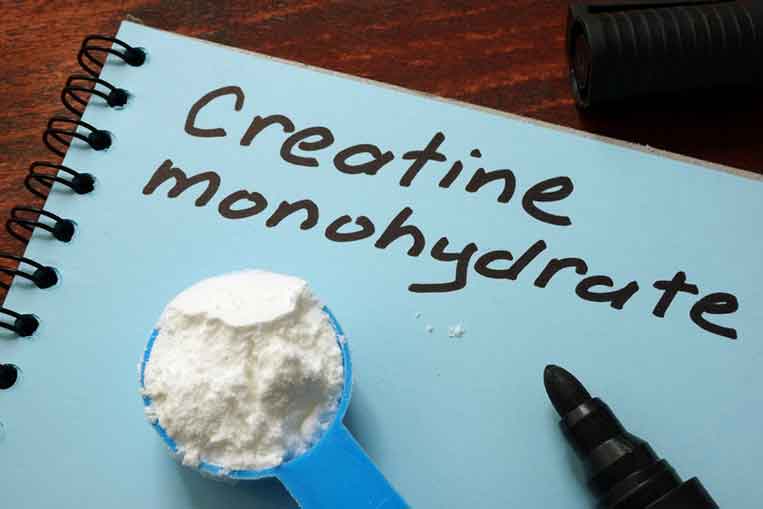
Or, you can just take 5g a day; this way your body saturates a little slower but it still gets there. You muscle cells essentially use creatine as fuel, so saturating them is the best way; it’s like having your gas tank full constantly (well, more like your turbo).
Rest assured, creatine is safe, cheap and undoubtedly one of the best, most proven strength and mass building supplements ever.
You can take your daily dose of creatine with your post-workout protein shake on training days. Protein is another must-have supp if you are going to build muscle. It’s the raw material for muscle.
Whey protein is a good type for post-workout recovery and gains. Take 20 to 40 grams with water, plus you creatine. Actually a mixture of water and milk (50/50) goes will with it, and may taste a little better with the flavoured protein powder of your choice. Why not all milk? The absorption is a little better with the water included.
What next – hell, one could go on for hours about supplements. Start with creatine and protein and we’ll get to pre-workouts, during-workout fuels and other types of supplements as the website builds.
If you want to read about an interesting training technique to build a little more strength and mass then follow the link.


